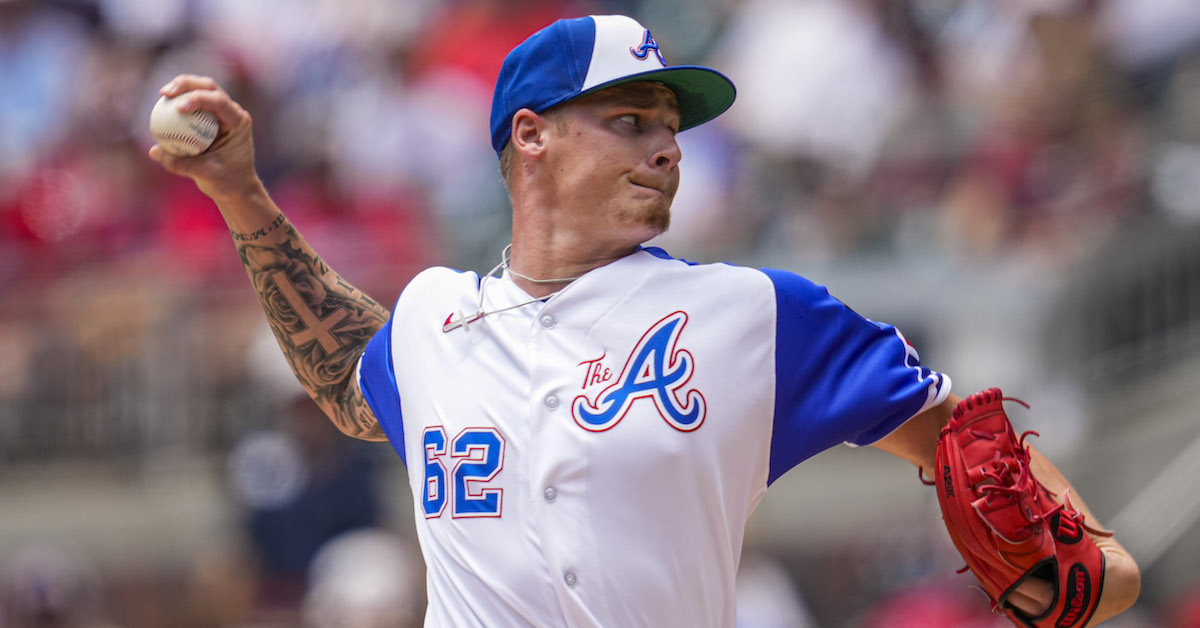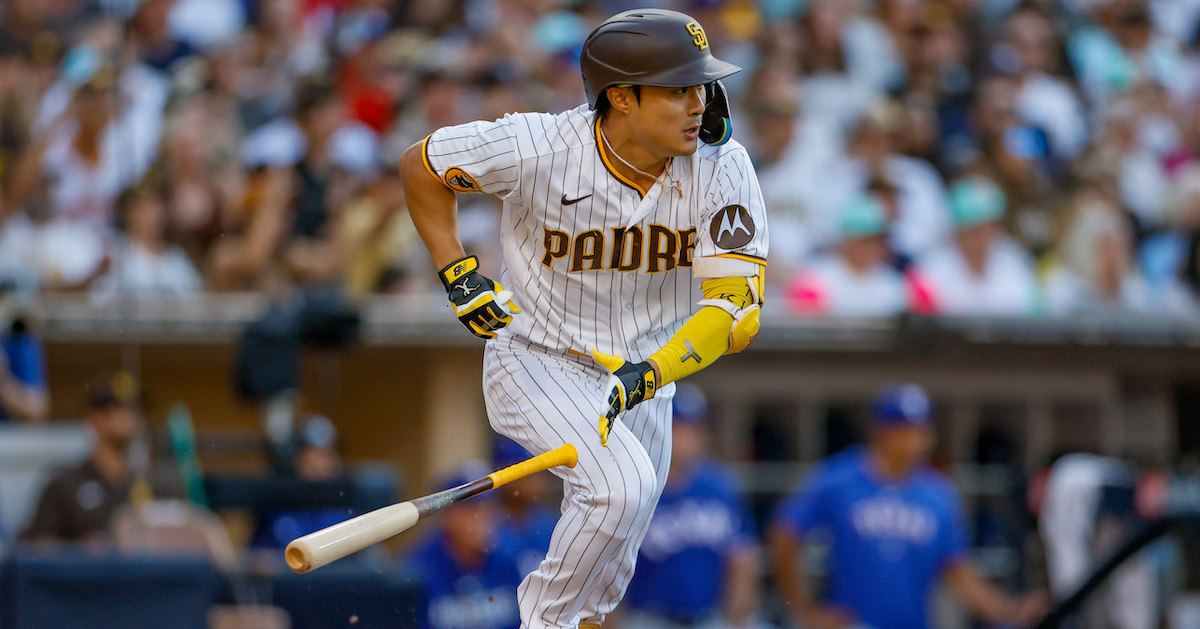Quiet Brilliance, Loud Contact: The Duality of Kevin Gausman

Last week, Michael King proved that moving him to the rotation was the best maneuver the Yankees have made in the entire second half by striking out 13 Blue Jays over seven innings. Somewhat lost in the shuffle, as has often been the case over the past few seasons, was Kevin Gausman’s dominance opposite King.
Gausman, who was perhaps better known for his firm fastball as a prospect, has really only taken off since the heater and splitter entered into a timeshare. After only using the split at a 35% clip in one year previously, he’s turned to it at least that often every year since 2021. This season, its usage is at a career-high 38.5%.
The Jays’ right-hander actually out-whiffed King on Wednesday, 17–16, with 11 swings and misses on the split. In terms of balls in play, both King and Gausman allowed just three at an exit velocity of 95 mph or harder. While the whiffs are staples of both pitchers’ games, the hard hits are especially noteworthy; King’s hard-hit rate on the season — 31.4% — ranks fourth lowest among pitchers with at least 90 innings, and Gausman’s, at 11.5 percentage points higher, ranks a paltry 108th. If you prefer barrel rate, King (6.8%) ranks 22nd lowest and Gausman (9.8%) 110th. Read the rest of this entry »









